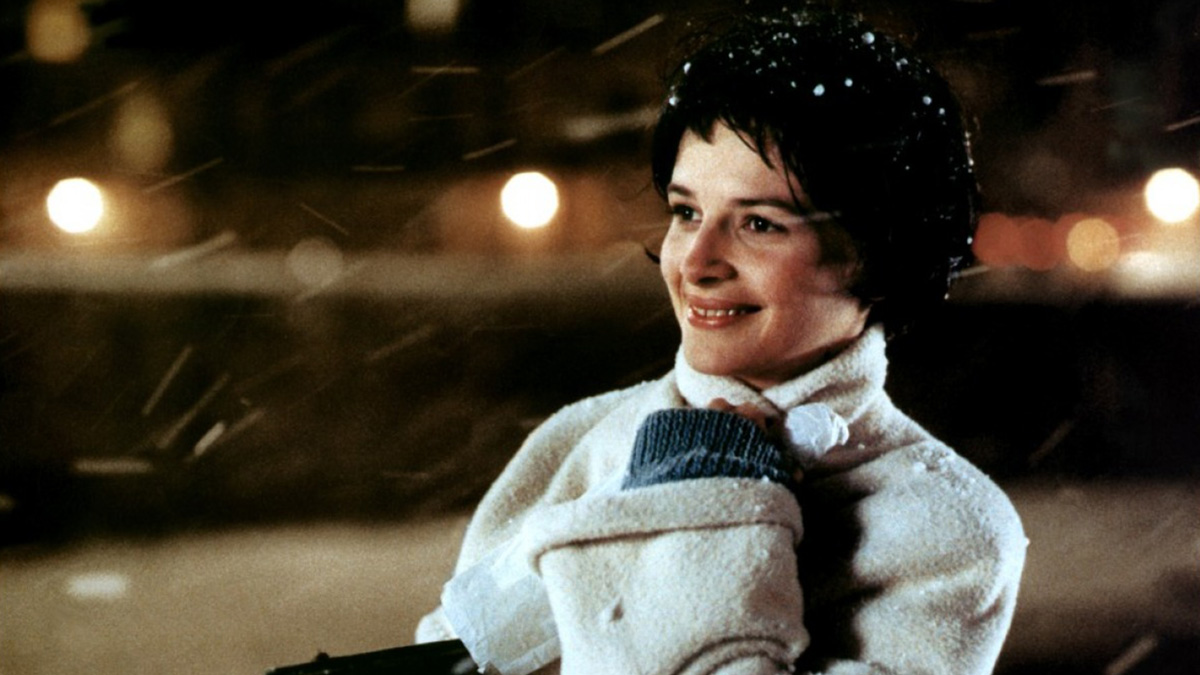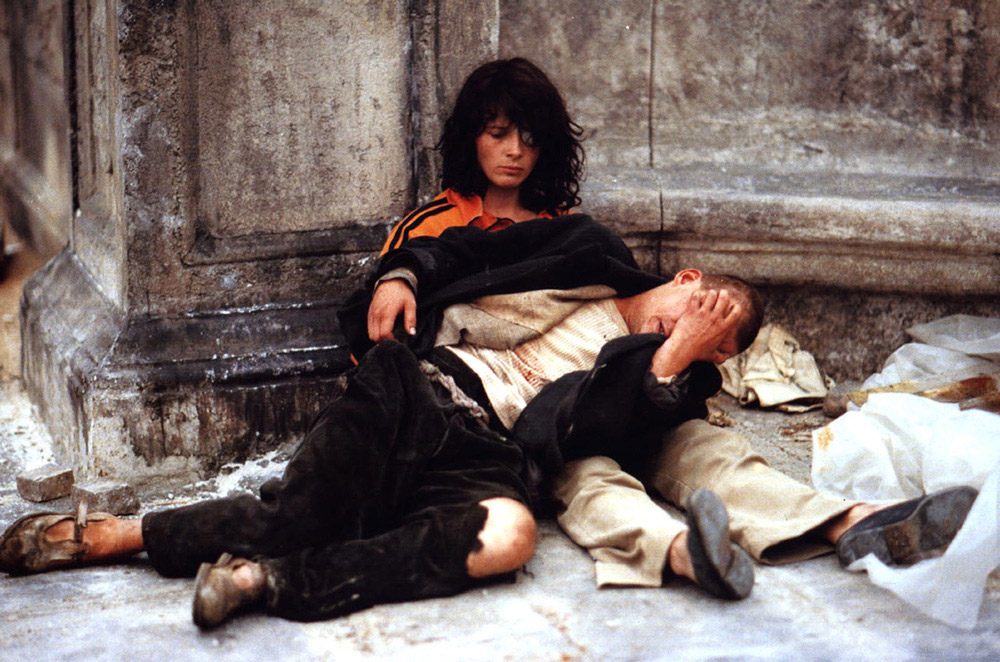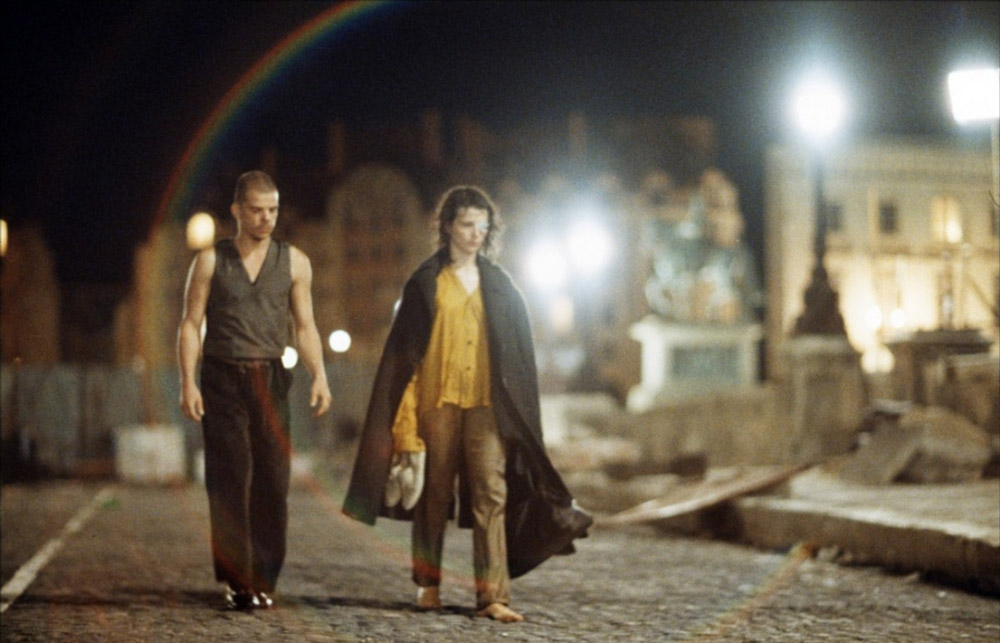
(C)1991 STUDIOCANAL-France 2 Cine'ma
What did the biggest set and The Lovers on the Bridge hit in French film history bring to director Léos Carax?
2019.11.27
Carax and Escoffier
Both the staff and cast had to take three years off to work on Carax, and sacrificed a lot physically, mentally, and physically, but in the end, it was the best possible shoot that we could shoot just the way we wanted to shoot it. The talent of director Carax and his staff, who had acquired the right environment, would explode.
The person who benefited most from this was cinematographer Jean-Yves Escoffier. Compared to the images of ``stillness'' and ``death'' in the previous two works in which he collaborated with Carax, this work is ``moving'' and ``live'', and the two main characters move boldly throughout the film, driven by intense emotions. You can capture the movement in 360 degrees without worrying about it. In normal location shooting, it is almost impossible to create an environment that allows 360-degree shooting, but this open set made it possible.
The lead actor, Denis Lavant, made use of his background as a street performer, and fully displayed his physical abilities throughout the film, giving a powerful performance as the homeless man who is on the verge of losing his words.

"The Lovers on the Bridge" (C)1991 STUDIOCANAL-France 2 Cine'ma
Originally intended to have a documentary feel, the camera follows Denis Lavant and Juliette Binoche as they boldly move as they wish. The camera work reflects the emotional expression of the two people. Shaky hands, intense zooming, extreme bokeh from telephoto lenses, and long dolly shots. But then you suddenly become more objective due to the super-fukan shot from right above you. Even so, it is typical of Escoffier that the scene is full of poetic imagery, rather than a so-called explanatory master shot.
Originally, Carax started assembling Escoffier's night paintings because he liked them. I was surprised to learn that Escoffier himself liked night photography, and that he used Japan's Fuji Film instead of the world-famous Kodak film because he could reproduce his favorite night sky colors. is. By the way, Japanese companies invested hundreds of millions of yen in this work, and it was a huge hit. It seems that the Karax group and Japan are connected by an invisible bond.

"The Lovers on the Bridge" (C)1991 STUDIOCANAL-France 2 Cine'ma
In this way, the director and cameraman's vision was realized in the best way possible, and the finished film was a powerful work full of vitality, without any artificiality from the set. Furthermore, the actions of the two selfish and passionate protagonists are by no means easy to understand, and it is true that there were mixed reviews as to whether or not their romance could be interpreted as pure love. However, in any case, it is certain that the film created by an up-and-coming director and cameraman has enough heat to convince you that you have seen something amazing.

